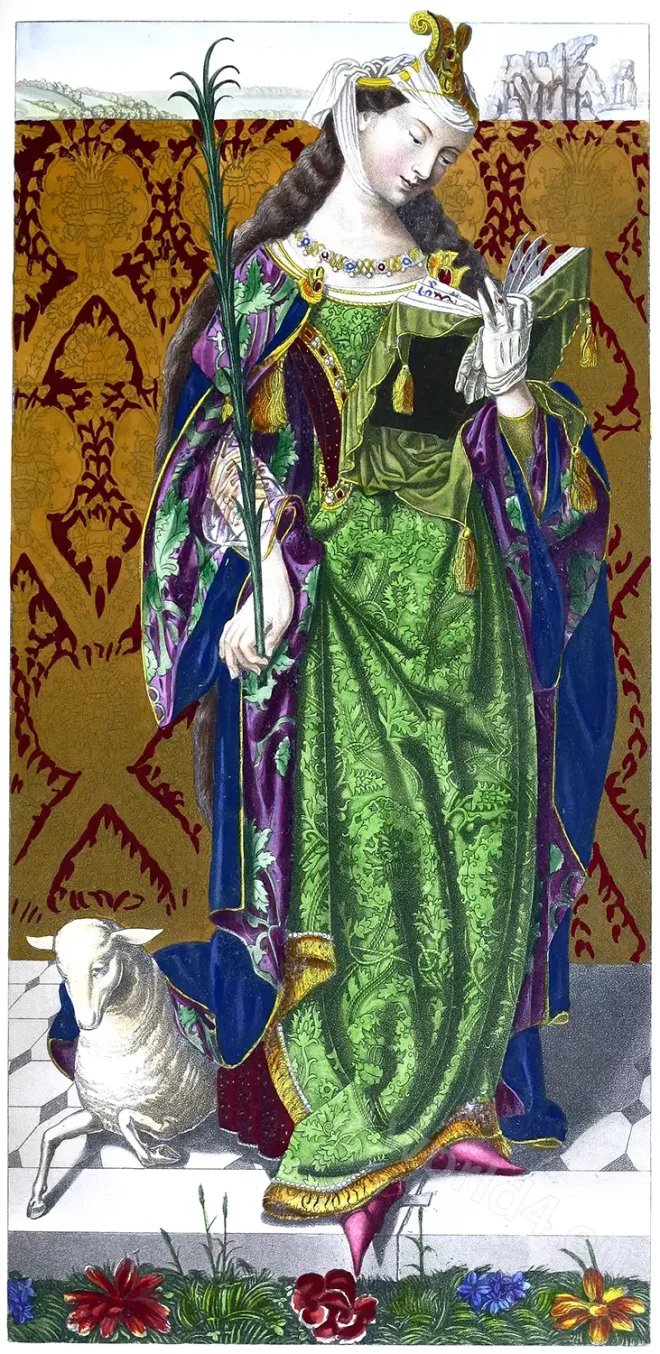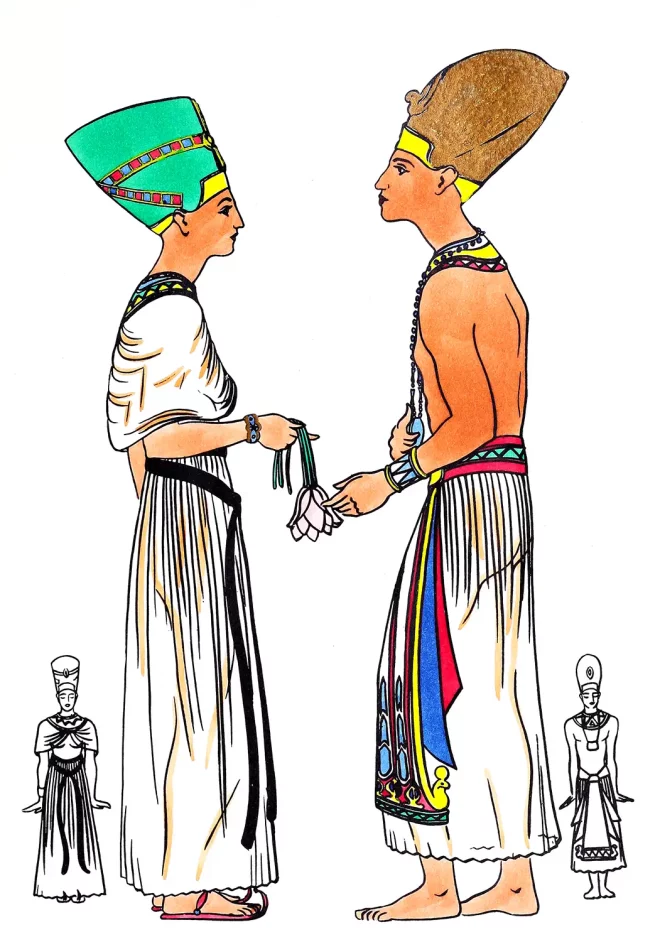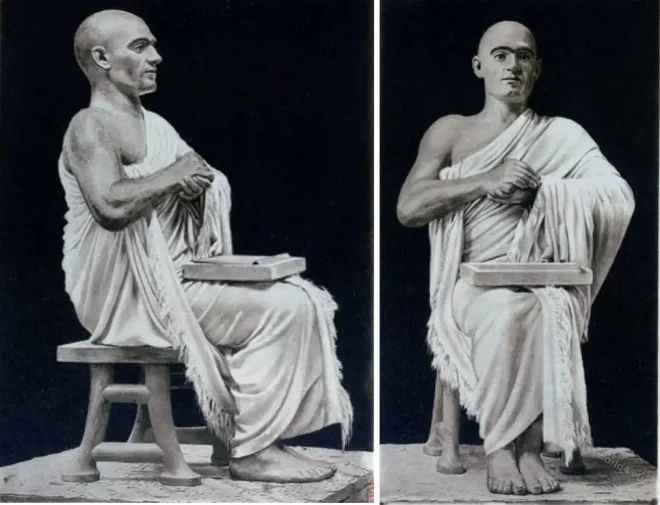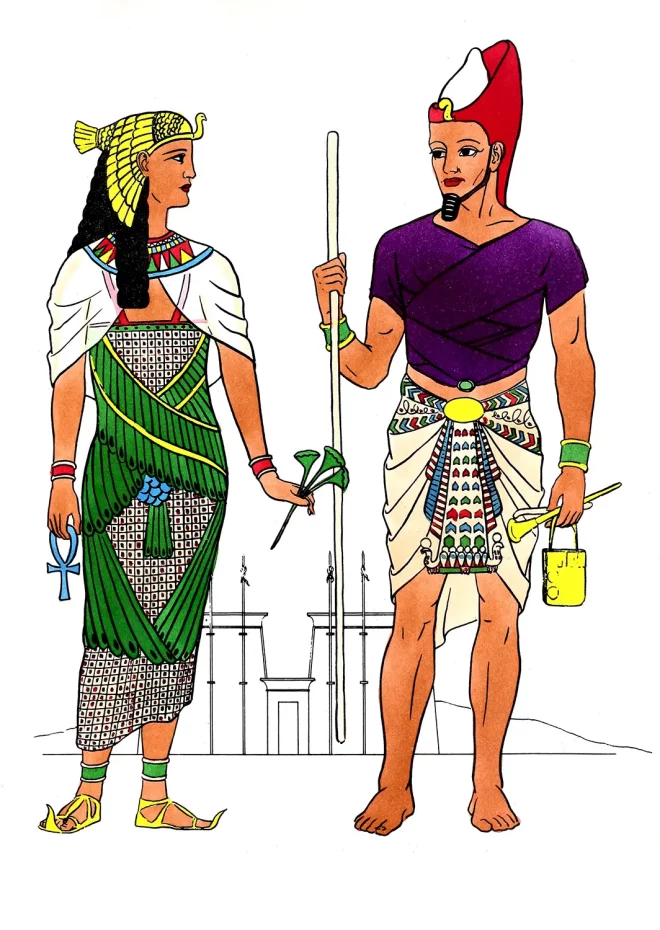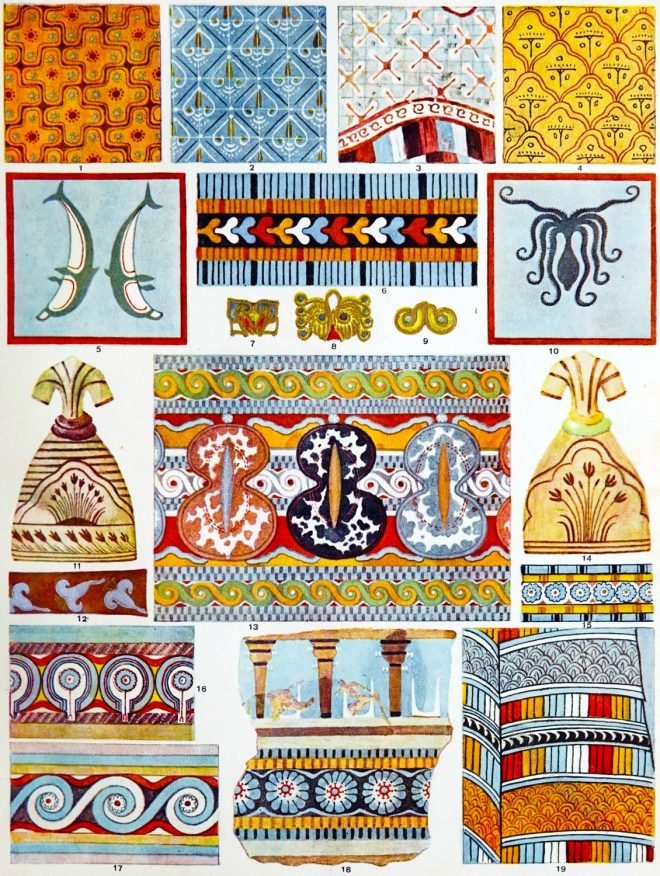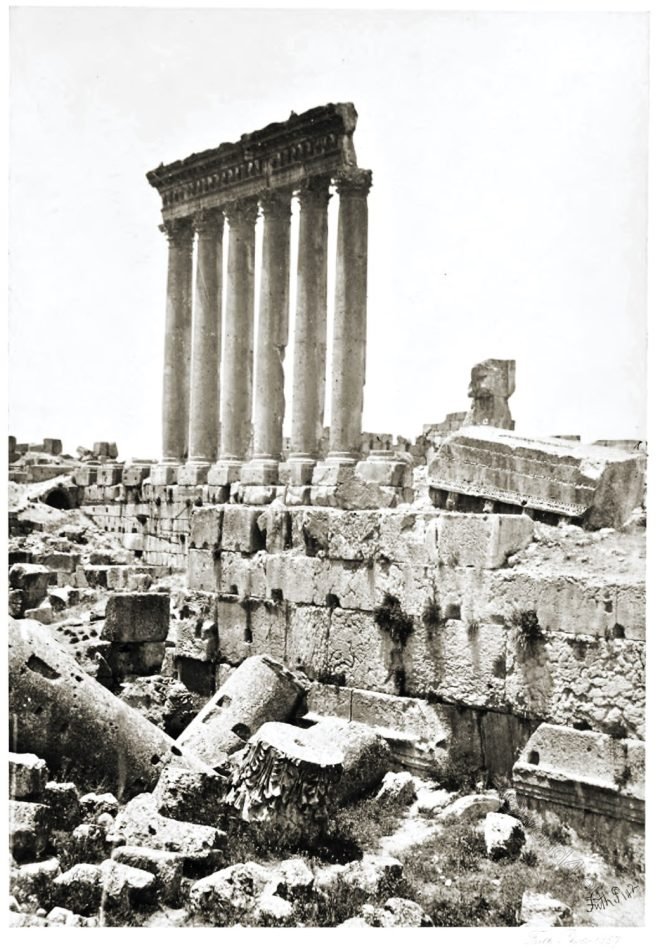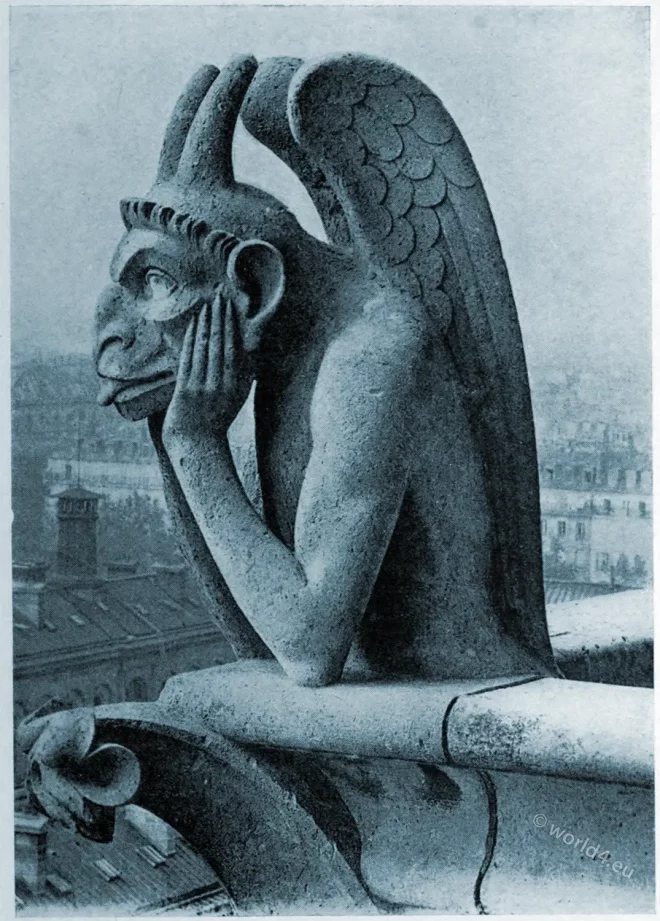Saint Agnes is venerated as a martyr, consecrated virgin and saint; celebrated on 21 January according to the Roman Martyrology as a martyr of purity.
Category: Ancient
Egyptian Costumes of the New Kingdom from c. 1550 to 1070 BC
Costumes of the Egyptian New Kingdom from approximately 1550 to 1070 BC
Mesopotamia. The Sumerian Chale. Sumer & Accad.
Restitution of the Sumerian garment in real life, based on a seated statue of Gudea, known as the “Architect with a ruler”.
Clothing in Egyptian Old Kingdom. The Golden Age.
The Ancient Egyptians themselves regarded the era as the Golden Age and the pinnacle of their culture.
Costumes of the Middle Kingdom of Egypt 2040 to 1782 BC.
The Egyptian Middle Kingdom is often referred to as the feudal era. Most usually associated with the Pyramids, the Sphinx, and the Pharaohs.
Clothing of Pre Historic Man. Java Man, Neanderthal, Cro-Magnon.
As we turn our attention to the dress of Mr. and Mrs. Caveman — we could also call them Mr. and Mrs. Cro-Magnon.
Egyptian Ornament. Plastic Art, Architecture and Painting.
The mode of decoration with the Egyptians comprises symbolic figure-subjects chiefly in conjunction with hieroglyphics.
Minoan ornament in applied Art. Crete and Greece.
Decorative Motives from the Arts of early Crete and Greece. About 2000 B. C. Middle and Late Minoan.
The Temples of Baalbek in Lebanon.
The Temples of Baalbek in Lebanon. Egypt and Palestine by Francis Frith
The cathedral of Notre Dame, Paris.
The history of the Cathedral of Notre Dame, one of the most ancient edifices in Paris.

